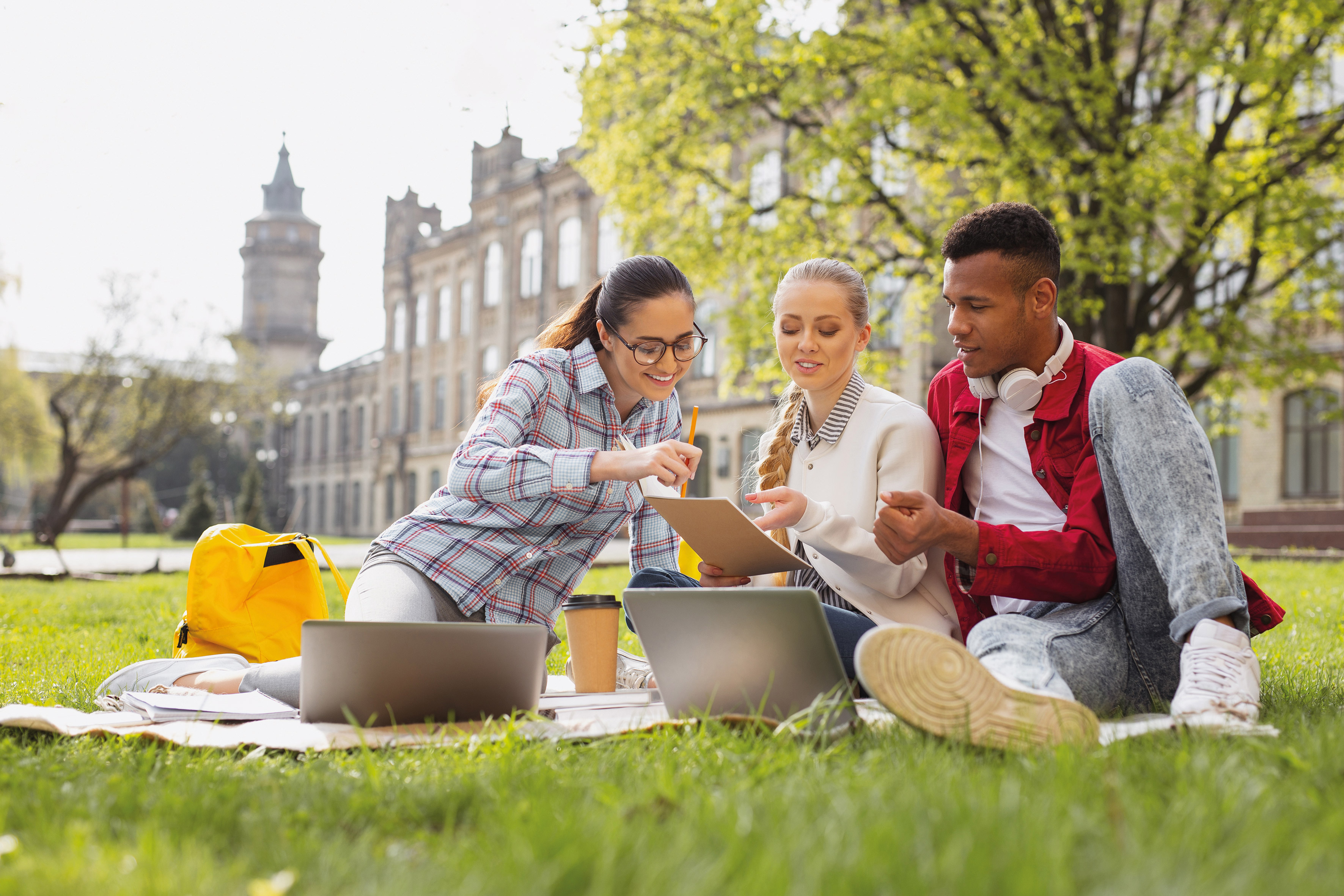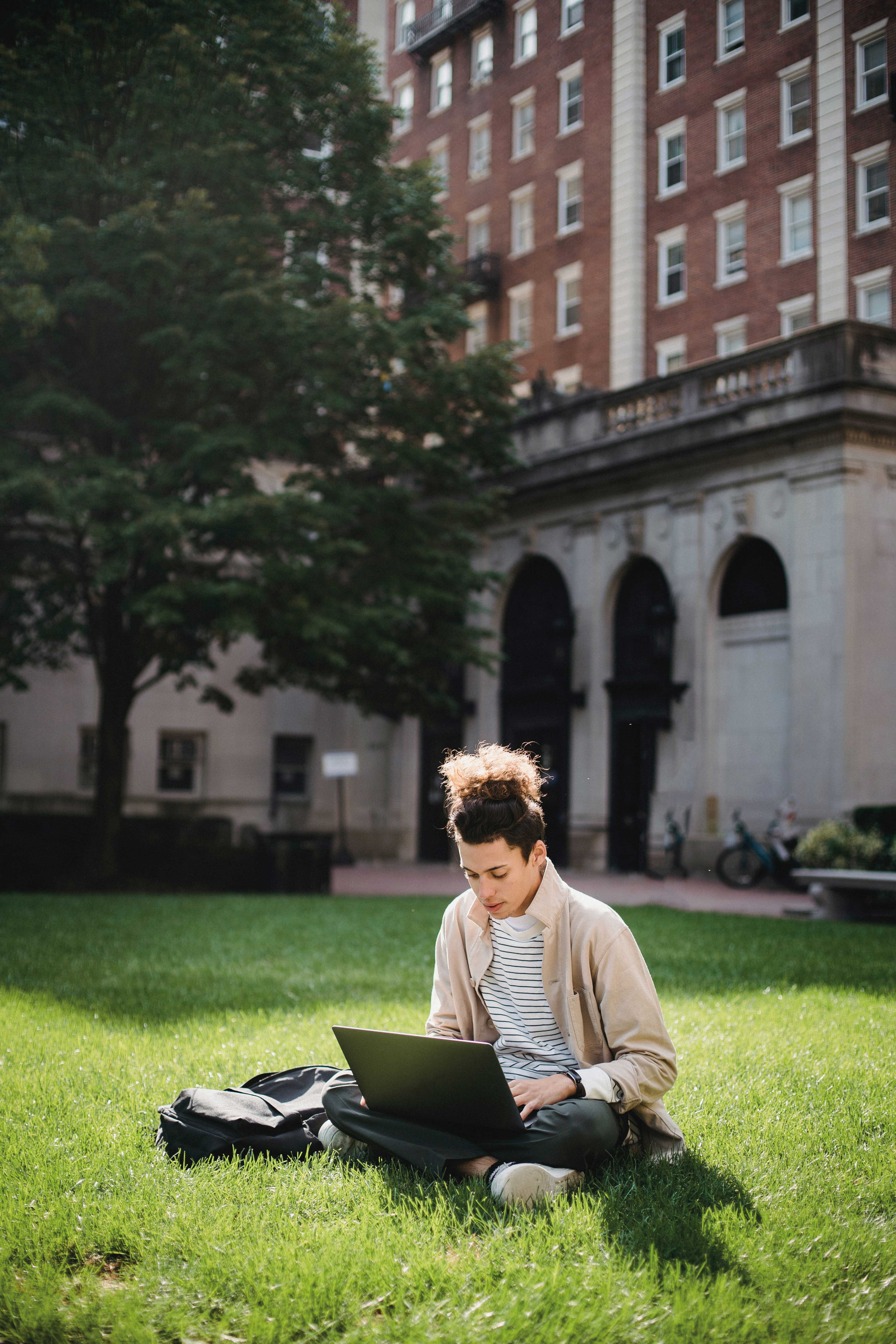
Since March 2020, student experience has been dramatically affected by campus closures, an abrupt shift to learning online, disrupted accommodation provision,confinement, social restrictions and the overwhelming effects of societal change.
Compounding this, the Gen Zcohort are facing a rapidly worsening climate crisis,uncertain job prospects and student mental health is widely reported to be in decline. Emma-Louise Hannigan, Associate and Education Lead Ireland, HLM Architects, explains how we must respond.
AS the world opens back up, individual freedoms are restored and students begin to populate the campus once again, it is of critical importance that we reassess the spaces they will occupy upon their return. Student needs have shifted. In-person experiences are now, more than ever, fundamental to the development of soft skills and social and emotional relationship building. How can we improve the spaces that exist to provide students with spaces that will make them feel safe, support their mental health and wellbeing, and enable them to engage, collaborate, socialise, and learn in?
Informal learning is widely recognised as an important part of the education landscape which allows students to set their own agenda, context, content, speed, and timetable. Experience tells us that, outside of formal and structured learning, today’s students like to set their own agenda and balance learning with social activities and down time.
Moreover, it is a critical component in the development of the soft skills that Gen Z will need to arm themselves with in the pursuit of an evolving career landscape where employers consistently seek problem solving, critical thinking, innovation, creativity, and communication skills.

The fundamental design characteristics of successful Informal Learning Spaces will largely remain the same in a post-pandemic campus as they were in pre-pandemic times:
- Provision of a wide variety of spaces from each end of the spectrum; quiet, individual spaces, that cater to reading, focus work or individual research through to open collaborative settings in more activated and noisy environments that provide the perfect setting for livelier activities and more robust discussions. Achieving a balance of these spaces is critical in supporting the many forms of activity that informal learning encompasses.
- Access to daylight and connection to nature and the world beyond the building with well-considered solar control where required
- Spaces with good quality task or biometric lighting for use later in the day that will feel safe to use out of hours
- Acoustic design plays a crucial role in the perceived comfort of informal learning spaces. Recognising that some students prefer quiet spaces whilst others like background noise and activity while they work, acoustic control in both space typologies is a critical to the design.
- Providing movable and reconfigurable furniture ensures adaptability for a wide variety of settings and group sizes in collaboration zones. Furniture specification should ensure that furniture is lightweight and easy to move. Ergonomic comfort is often overlooked and given the lengthier time some students spend in these spaces, it is essential that appropriate height chairs, desks and tables are provided for desktop activities in addition to lounge type settings.
- Power is King; In the modern, technology-enabled, bring your own device world, it is imperative that sufficient power and high speed WIFI is provided throughout these spaces. So, what of Informal Learning Spaces in a post-pandemic world? We recognise that spaces to collaborate, engage and socialise in will be key upon return to campus. Ensuring that students feel safe to do this can be looked at by two methodologies:
- An even greater provision on natural daylight and connection to nature and the world outside
- Greater volume of space through generous ceiling height
- Ergonomic furniture which many students will not have had access to during the pandemic
- Adequate personal space through appropriate density of furniture settings
- Planting and use of indoor landscaping which is well known to have a calming effect
- A variety of texture and colour within fitout which students have been deprived of in their lockdown confines
- Calming colours in fitout design with injections of colour for uplift and cheerfulness
- Availability of choice and variety of setting (some students may feel safe to collaborate, but others may not and provision of a balance of individual and group settings will be key).
Ultimately, the design of informal learning spaces should assist in students feeling calm, supported, and connected in a post pandemic world.
The pandemic has undoubtedly shifted student expectations. As the higher education sector begin to re-assess their estates in the pursuit of healthy, post-pandemic environments, many institutions will be looking at the retrofit of existing spaces across the campus in addressing this provision. Given the construction industry is responsible for an estimated 20% of the UK’s annual carbon emissions and the chronic need to address the climate crisis, it is essential that retrofit is embraced as a first principles response (where practicable) in providing a renewed and healthy campus. Never has the retrofit agenda been timelier, more apt or had a more receptive audience than the Gen Z cohort. Let’s start by looking at the traditional format lecture theatres that have been dormant for the last 18 months. There are many examples of where such spaces have been successfully refurbished to provide new informal learning landscapes.
While the pandemic has provided some uncertain and truly testing times, it has also given us new insight and focus on the spaces we occupy and use daily. How we move forward and re-imagine these spaces to ensure students feel supported physically, mentally, socially, academically, and emotionally will be key to a safe and happy return to campus.